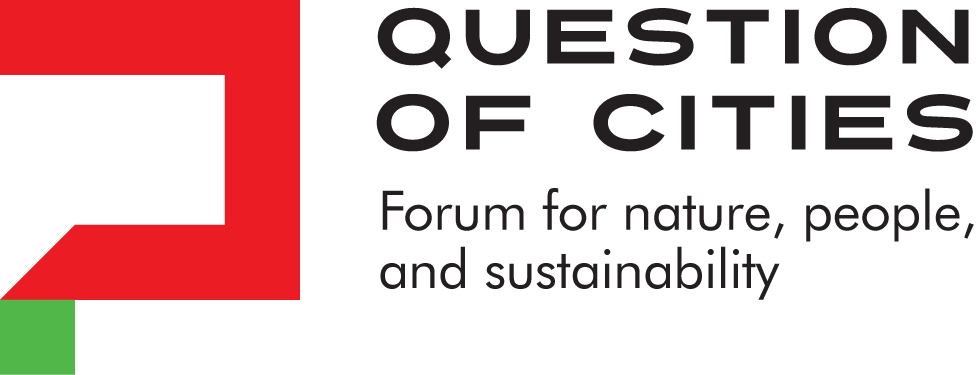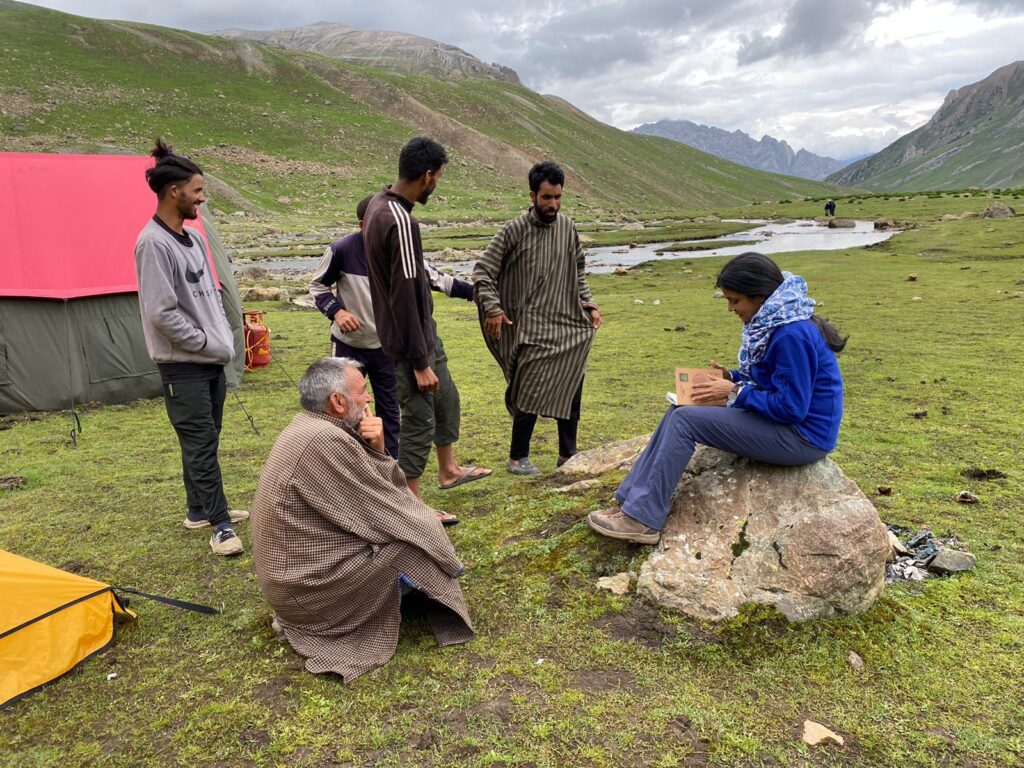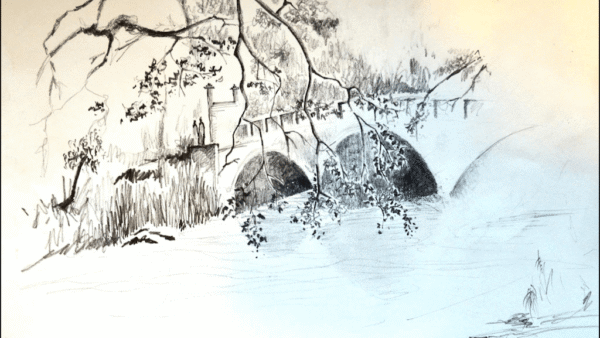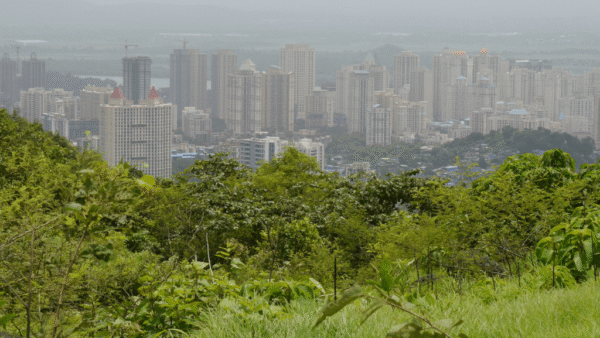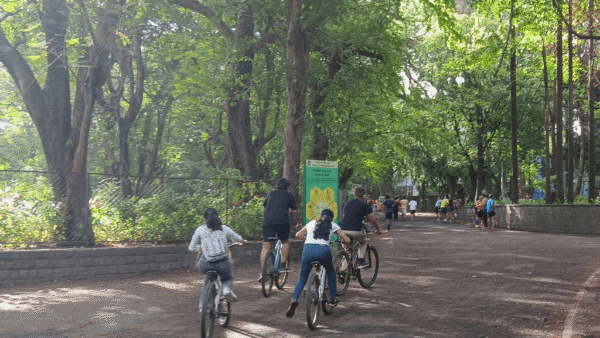Shalinee Kumari: ‘Communities have their own language, and solutions, for climate change’

Climate and environment journalist Shalinee Kumari is the South Asia Editorial Assistant at Dialogue Earth, an independent non-profit platform committed to environmental journalism and informed conversations on sustainability. She worked earlier as an independent reporter and continues to focus her work at the intersection of climate, gender, caste, culture, politics, and the economy. She holds a Master’s in Journalism and has recently completed a diploma in environmental law and policy.
Changes in climate communication: When I was doing my Master’s and reading about climate change and sustainability, I did not understand a lot of what was written. It was too technical and heavy. For example, carbon offsetting. I did not want to pretend that I knew it. So, when I started doing climate journalism, the first thing I wanted to do was make it all accessible, not spoon-feed readers but explain the jargon while keeping the nuances. So, we at Dialogue Earth, made a climate change glossary of about 69 words.”
“We did an audience check and realised that our readers are in Hindi and Bangla, besides English, and in Urdu because we reach Pakistan too. If you try translating terms like fossil fuel or renewable energy in Hindi, even Hindi speakers might not understand because jeevaashm indhan is not colloquial. I am from a Hindi-speaking family; when I speak to my father, I do not say jeevaashm indhan, we just say tel or fossil. So, in Hindi and Urdu, other languages too probably, there aren’t words that translate all aspects of climate change. The organisations on the ground have tried to reduce the gap between the jargon and people.
On the glossary: “Before we made our own, we had the United Nations glossary but it is technical. It is a great starting point but we felt there was room to build on it by focusing on people’s experiences. People do not always understand the scientific language because they have not had the exposure to it. It did not take into account that climate science has to be explained in terms of impacts that people feel, not merely as numbers, trends and patterns. This has changed a bit now. Also, people have seen these impacts first hand, they know floods, heat waves, droughts, cyclones and understand that the climate is literally changing.”

Photo: Shalinee Kumari
On translations: “At Dialogue Earth, we have to think about the issue affecting the entire region including Bangladesh and Pakistan. In Bangladesh, the top three climate events are floods, cyclones, and salt water erosion. We find ways to talk about them that are not technical or jargon-heavy. We speak to people to understand what their local words are for these events and impacts. We go deeper to see not only what the indigenous communities have in their languages but also as solutions. For Hindi audiences, it is easier to talk about climate change with English words because Hindi words are too technical. We first understand how people are talking locally, colloquially, and incorporate that into stories.”
Climate glossary: “I realised there are many terms that I did not know, that everyone should know, to talk about climate change. So, I listed these in two categories – terms not understood at all and terms that needed some explaining. The team looked at issues raised at the annual COP summits such as ‘loss and damage’. If you say it to people, they think it is about monetary loss but you know that it is about global finance, about the common but differentiated responsibilities, as well as about loss of lives, livelihoods, culture, and displacement. All of these need explanations.”
“The glossary kept expanding because if one term was explained, the explanation needed elaboration. We realised that we must take into account what is happening in communities at the ground and at policy levels. It is a consolidated glossary but work-in-progress. We decided to do a certain level of explanation and, for more, direct people to our stories. Connecting stories to the glossary helps us calibrate too. It is a useful resource for students and lay people. Our colleagues, when they were at COP29 and shared this glossary with activists, got recommendations of 10 more terms to be added. We have translated the glossary into four languages — Hindi, Bengali, Nepali and Urdu. We want to talk about climate change with children and the first thing we need to share with them is the glossary so they, and their parents, become familiar.”
Priti David: ‘Our stories on climate change are peoples’ lived experience of it’
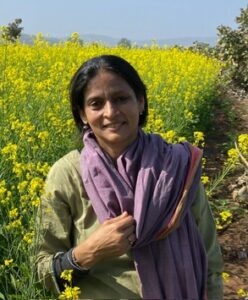
Priti David is a journalist, editor and teacher. She reports and writes, photographs and films stories on forests, Adivasis, women, education, health, and livelihoods. Presently, the Executive Editor of People’s Archive of Rural India (PARI), she has written on the lack of transparency in cheetah translocation into Kuno, Madhya Pradesh; renewable energy projects killing the Great Indian Bustard and destroying livelihoods in Rajasthan; and the declining insect population due to climate change across Chhattisgarh, Madhya Pradesh and the Nilgiris. Her stories are used as teaching material in schools and colleges. The Hindi translation of her writing on renewable energy ruining ecologies in Jaisalmer, in 2023, was used by protesters to push the Rajasthan government to recognise it as a community forest and grant rights back to them. At PARI, she leads a nationwide team of reporters and editors. She is also Visiting Faculty at universities across the country and has authored novels Jamuna Begs to Differ and Coming Home for children between 10 and 14 years old.
Climate communication over the years: “The interesting thing is that people in villages also use the word climate change. Not older people, but middle-aged and younger people do. Deep in rural India, there are many different ways in which it is described. They say ‘mausam badal raha hai’ (the weather is changing) or ‘Is saal nahi hua’ (it didn’t happen this year). Many may not immediately attribute it to changing weather. They imagine it will return to how it used to rain earlier. This is one response.”
“There are others. ‘The jungle is dying,’ Vijay Singh says, sitting under the shade of a tree while his buffaloes graze around him. ‘The rain is either very heavy and runs off quickly, or it barely wets the earth. There is no water, so where will the ants make their homes?’ He has observed the problems insects face. In Pipariya tehsil, Nandu Lal Dhurbe, 45, shows us a baami (local name for both ant and termite homes) of raised concentric circles. ‘Baami needs soft earth and cool moisture. But we don’t get continuous rain anymore and it is warmer, so you hardly see these,’ he says.”
“Simple things like a stream in the village, which people have relied on and animals drank from, does not flow anymore. In a small hamlet, a farmer explained to me that flies have multiplied because there is no flowing water. People described that the weather was changing but it was not despair, they thought maybe it will be better next year. The two main markers are excessive heat and the lack of rain. People are not saying it’s very hot but that they are unable to work like before. They link climate change to livelihood.”
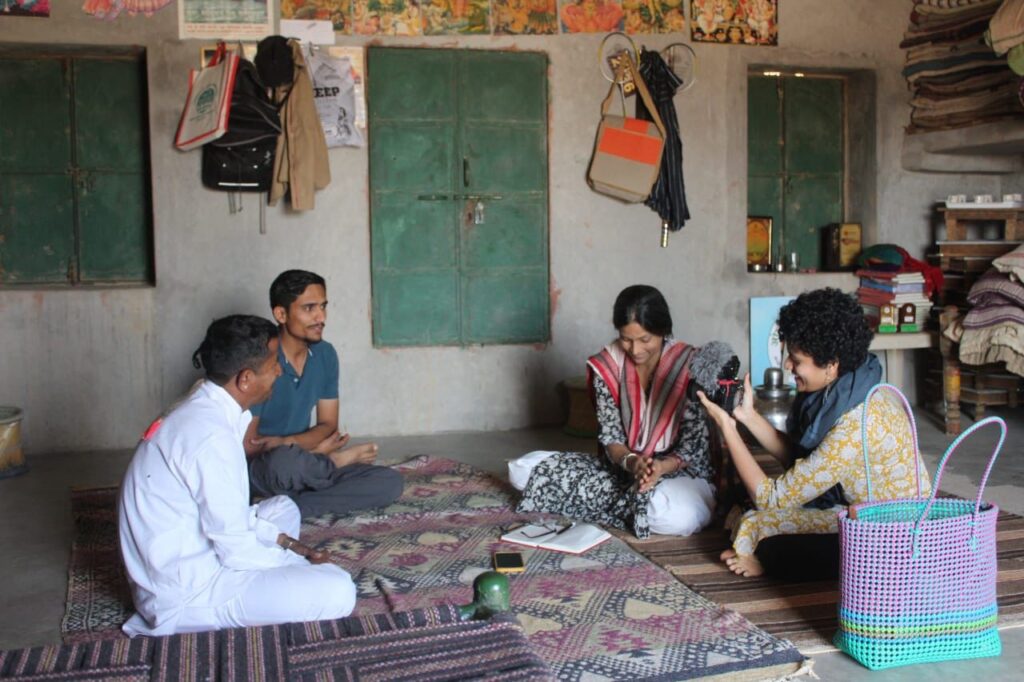
Photo: Parth Jagani
Terms and terminologies: “In our work, we have found that climate change is about how it has impacted lives. For example, a boatman in the Yamuna River in Delhi will say there is not much water now, it is difficult to row, or nobody comes for a boat ride because the smell from polluted water is very strong. People working in textiles will say they have to change the way of dyeing things because the traditionally-done dyes require flowing water but water does not flow in the nearby river anymore. So, there is a direct link. It is about how the changing climate has impacted their livelihood.”
On a climate glossary: “People perceive climate change differently. It also depends on gender and caste. Women have to walk even further for water because with less rain, less ponds all around. Then there is the caste angle — so women from a lower caste will be denied access to that one pool of water which is now only for dominant or upper castes. Their experience of climate change is undoubtedly harsher. I am not sure whether having a lexicon will change or improve the quality of people’s response. Our stories on climate change are all about people’s lived experience of climate change. Sometimes, a glossary or dictionary might mean putting words in people’s mouth and then hearing it back from them. These are the people experiencing climate change. In PARI, we privilege that over our words or expert knowledge.”
Nidhi Jamwal: ‘Climate journalism, its fieldwork, is being overshadowed by climate communication’
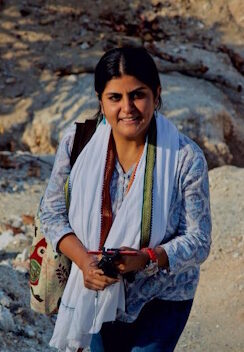
An independent journalist, Nidhi Jamwal reports on environment, climate, and rural issues. The former Managing Editor of Gaon Connection, Jamwal has more than 25 years of experience in reporting and writing on climate change and related issues from across the country. Apart from travelling the length and breadth of India for her stories, she has also trekked to the Everest Base Camp as a fellow of the Himalayan Climate Boot Camp 2024 to report on the impact of climate change in the Everest region.
Trajectory of climate communication: “When I started off in environmental or climate reporting, it was not getting reported much. In the last decade or so, climate change has really picked up and, because of that, climate communication too. But climate journalism is being overshadowed by climate communication. Communication is important, of course, but what’s happening is that journalism has taken a back seat. A story on climate change or its impacts means a reporter has to do field reporting but this has been reduced because of different reasons. Journalism of footwork is declining, communications and content creation is picking up.”
“On the World Environment Day, for example, it may be interesting and easy to make carousels or reels of plastic in the world’s oceans but how many organisations send reporters to coastal areas to spend time with fishing communities to understand the impact on them of oceans filling up with plastic? I identify myself as a journalist, not as a content creator. Even to communicate about climate change, one needs to be in the field, sit with people, and talk to them to understand their stories.”
People’s language: “I do not tell people, see, heat stress is happening. They tell me what’s happening. People may not call climate change as jal vayu parivartan but use their own terminologies such as “Garmi badh gayi hai. Hum raat bhar so nahi pate.” (Heat has increased so much that we cannot sleep at night). We use terms like heat stress, heat index, but they have their own terms. The idea is to document their words, not convert all local words into English. I use their words and add an English translation. Like people in UP, Bihar, Jharkhand say purvaiyya chal rahi hai (easterlies are blowing). Then there is pachua (westerly winds). People can predict the weather and even their crop harvest based on purvaiyya and pachua winds. People have their own understanding developed over centuries.”
“It is important to document their words, terminologies, and knowledge, also because climate discussions are now very English-centric. Local words also add flavour to the story. For example, I was doing a story on Hauz-i-Shamsi, an ancient waterbody in Mehrauli in Delhi, and a woman told me: “Jab main subah ghar se bahar nikalti hoon balcony mein, toh mujhe Shamsi talab ka paani jhilmil karte hua dikhayi deta hain.” (When I get up in the morning and go to my balcony, I can see the Shamsi water glittering). Jhilmil is such a beautiful word; I used it in my story.”
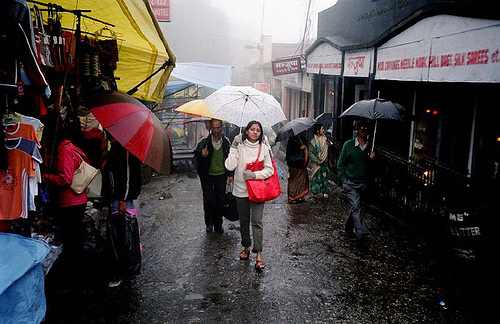
Photo: Wikimedia Commons
Local languages and nuance: “We are stuck thinking that we journalists will take climate information to the grassroots but we need to listen and document people’s experiences, ideas, words. In Rajasthan, nautapa is a word traditionally used to describe a period of extreme heat. They already have a beautiful understanding of high heat and terminologies too. For instance, in Darjeeling and Kalimpong region, people have 10-11 terms for different types of rainfall such as Sawney Jhari, Bhadurey Jhari, Sohrasaradey jhari, Bonsho jhari, etc, but these types of rainfall are gone; now it is mostly very heavy rainfall.”
“People have been dealing with droughts and extreme weather. They have their own terms and response systems and they are also adapting because it’s a matter of survival for them. We need to learn from them and document their stories. Communities in North Bihar tell us how they have lived with floods for centuries. We can of course build on their traditional knowledge but we have to first accept their knowledge.”
Climate glossaries: “I know some are being developed with local people. The Global Investigative Journalism Network has come up with a Hindi glossary of climate change but they also accept that it is not complete yet and is work-in-progress. We need to work with local journalists and we definitely need a system beyond English to talk about climate change. It’s a long road ahead. We cannot even do it in Hindi; we struggle.”
Cover photo: Anjali Browne
